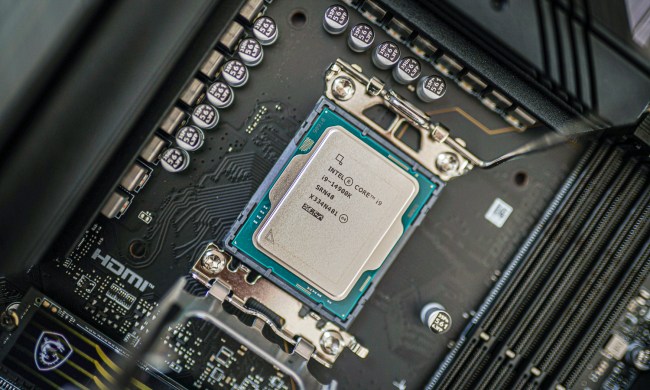Because 2020 hasn’t given people enough to worry about, it’s wildfire season — when a deadly combination of human recklessness and drought conditions conspire to risk turning the smallest spark into a blazing inferno. Over the years, various solutions have been put forward for looking out for such wildfires, but they are frequently impractical and costly. Researchers at Michigan State University have been working on an alternative: A sensor-based forest fire detection and alarm system that’s powered by electrical energy harvested from trees blowing in the wind.
“Traditional forest fire alarm systems employ watching towers, ground patrolling, aerial patrolling, satellite monitoring and other assistant tools, which are low efficiency with huge financial and labor input,” Changyong Cao, an assistant professor in Packaging, Mechanical Engineering and Electrical Engineering and Computer Engineering at MSU, told Digital Trends. “In recent years, advanced fire sensors are more widely used to detect and monitor forest fires owing to their unique merits of low-cost, high-accuracy, rapid response, and stability. Most of the fire sensors are powered by batteries, of which the capacity is highly restricted by the issues of limited lifetime, regularly replacing, and potential environmental pollution.”
In their research project, the Michigan scientists developed a novel multilayered cylindrical triboelectric nanogenerator (MC-TENG for short) device that’s able to gather the kinetic energy of tree branches. The device consists of two sleeves — one fixed, the other sliding — that are connected by a rubber band or spring. When the tree branches shake or sway in the wind, the two parts of the MC-TENG generate a current through external circuits. This harvested energy, which is stored in a supercapacitor, is used to power detection sensors, such as a carbon monoxide and temperature sensor. When the gas and temperature sensor detect a fire, the self-powered sensor system can be used to report an early warning to those who need to hear it.
“At present, we have developed a few prototypes of the self-powered forest fire alarm system by integrating the MC-TENG, micro-supercapacitor, and fire sensors in a compact way,” Cao said. “We filed invention disclosure to MSU Technologies last year, but [have not yet started the process of] commercialization.”
A paper describing the work was recently published in the journal Advanced Functional Materials.

